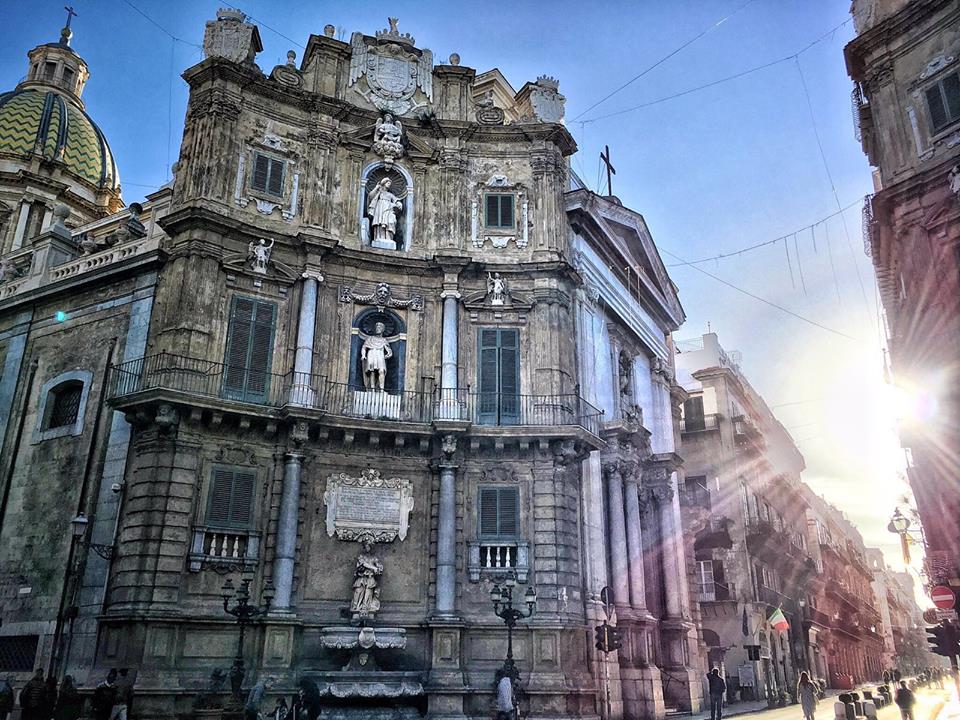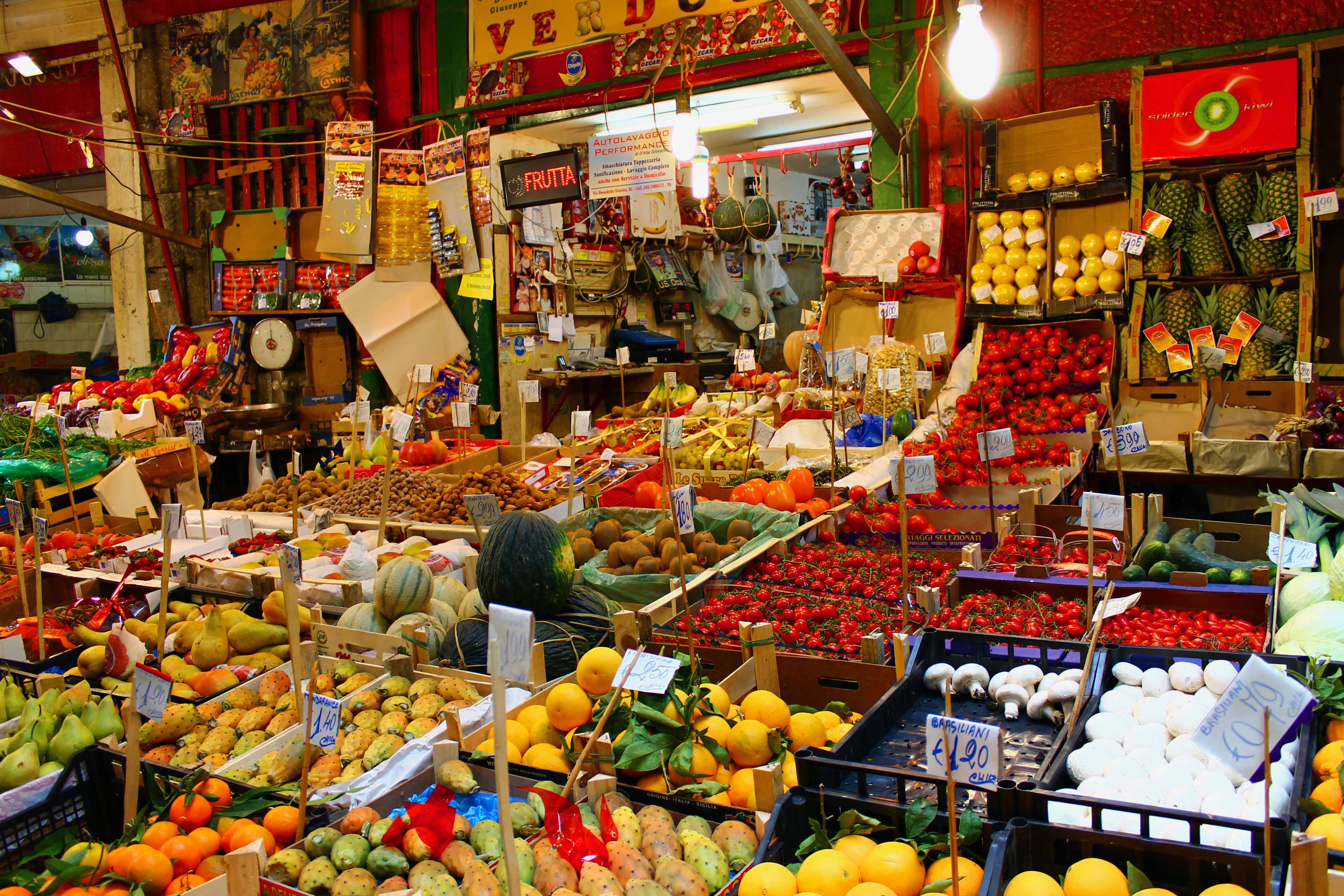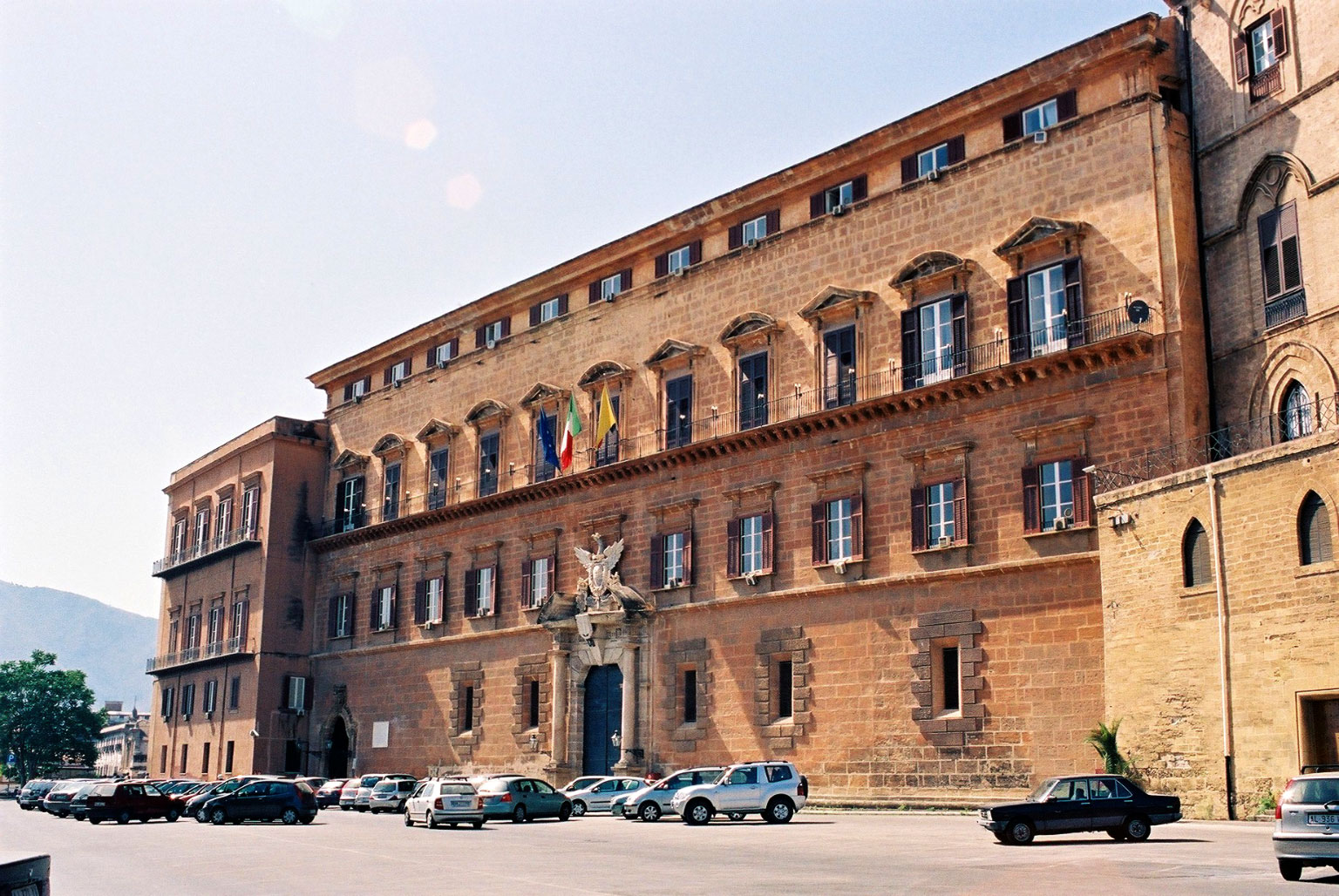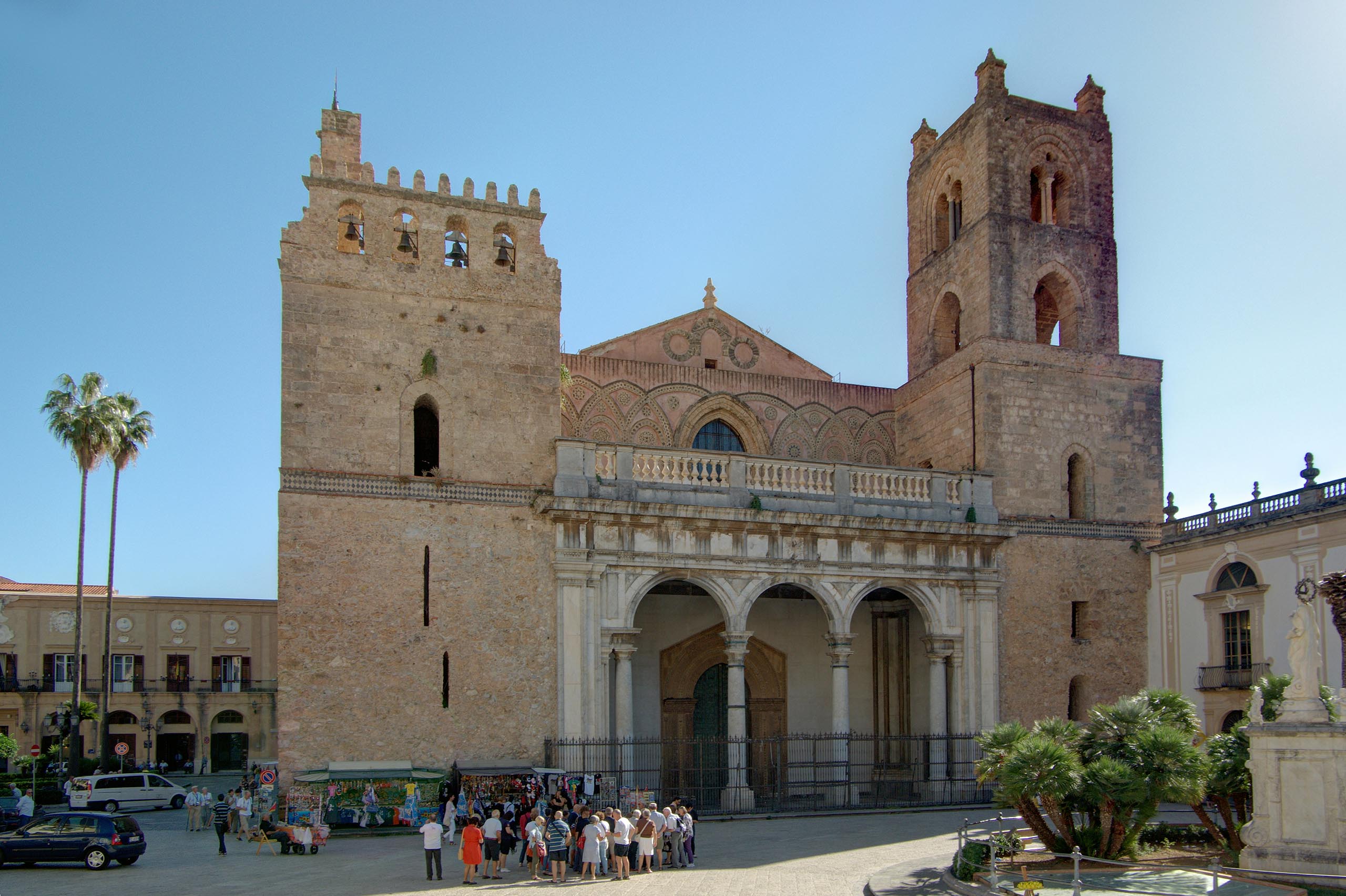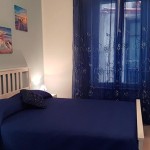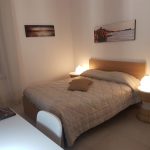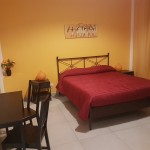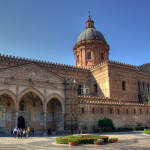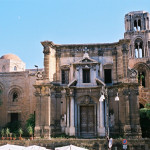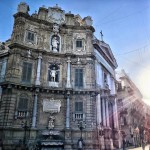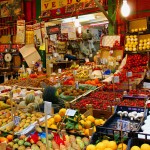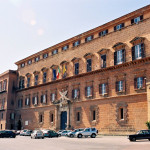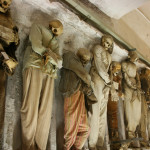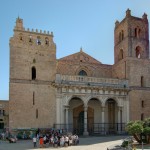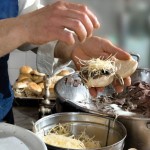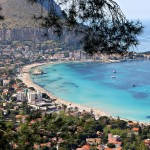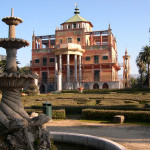The Quattro Canti represent the true center of Palermo. It is a square octagonal Vagliena Square, formed by the intersection of Corso Vittorio Emanuele and Via Maqueda. The 4 sides are places 4 buildings crowned with statues, fountains and columns, representing 4 districts of Palermo: Albergheria, Head, La Loggia, Kalsa. At the center of each of these buildings are the four statues that represent those that once were the patron saints of the city: Cristina, Ninfa, Oliva and Agata.
Unmissable experience: a ride in one of the markets of Palermo. Here time has truly stopped and has retained the charm of a culture that has left unmistakable signs.
Fruits and vegetables grown in a land kissed by the sun all year round, genuine fragrances and flavors of the past, such as those rolls stuffed with fried eggplant, croquettes, fritters and sfincione. Turn to the market aimlessly, take a photo to “vridumaro” (greengrocer) or “carnezziere” (butcher).
To do this blast from the past you can choose between the Vucciria (between Via Roma and Corso Vittorio Emanuele, the Quattro Canti), the nearby market of Il Capo (along Via Carini and Via Beati Paoli), the characteristic Ballarò (near the station central square professed House to the ramparts of course Tukory towards Porta S. Agata) and Old village (near the port, being Scinà between Sturzo and Piazza Ucciardone) open all night, a meeting place for lovers of the small hours .
Four things to do to relive an ancient Palermo, which never loses its appeal.
The Palazzo dei Normanni (in English, Palace of the Normans) or Royal Palace of Palermo is a palace in Palermo, Italy. It was the seat of the Kings of Sicily during the Norman domination and served afterwards as the main seat of power for the subsequent rulers of Sicily. Seat of the Sicilian Parliament, today it is the seat of the Sicilian Regional Assembly. The building is the oldest royal residence in Europe, the home of the rulers of the Kingdom of Sicily and imperial seat with Frederick II and Conrad IV.
History
The palace stands in what is the highest point of the ancient centre of the city, just above the first Punic settlements, whose remains can still be found in the basement.
The first building, the al-Qasr (in Arabic, castle or palace) is believed to have been started in the 9th century by the Emir of Palermo. Parts of this early building are still visible in the foundations and in the basements, where typical Arabian vaults are present. After the Normans conquered Sicily in 1072 (just 6 years after they conquered England) and established Palermo as the capital of the new Kingdom of Sicily, the palace was chosen as the main residence of the kings. The Norman kings transformed the former Arabian palace into a multifunctional complex with both administrative and residential aims. All the buildings were linked to each other via arcades and enclosed by gardens, designed by the best gardeners of the middle east. In 1132 King Roger II added the famous Cappella Palatina to the complex, making it the focus of the palace.
During the reign of the Swabian emperors, the palace maintained its administrative functions, and was the centre of the Sicilian School of poetry, but was seldom used as permanent seat of power, especially during the reign of Frederick II.
The Angevin and Aragonese kings preferred other seats. The palace returned to an important administrative role in the second half of the sixteenth century, when the Spanish governors chose it as their official residence, carrying out important reconstructions, aimed at their representative needs and their military ones, with the creation of a system of bastions.
The Bourbons built additional reception rooms (la Sala Rossa, la Sala Gialla e la Sala Verde) and reconstructed the Sala d’Ercole, named for its frescos depicted the mythological hero, Hercules.
From 1946, the palace was the seat of the Sicilian Regional Assembly. The west wing (with the Porta Nuova) was assigned to the Italian Army and is the seat of the Southern Military Region.
During the sixties, it received comprehensive restorations under the direction of Rosario La Duca.
The palace is also the seat of the Astronomical Observatory of Palermo.
The palace contains the Cappella Palatina, by far the best example of the so-called Arab-Norman-Byzantine style that prevailed in the 12th-century Sicily. The wonderful mosaics, the wooden roof, elaborately fretted and painted, and the marble incrustation of the lower part of the walls and the floor are very fine. Of the palace itself the greater part was rebuilt and added in Aragonese times, but there are some other parts of Roger’s work left, specially the hall called Sala Normanna.
The underground cemetery of the Convent of the Capuchins, erroneously known as “the catacombs” preserves the mortal remains of monks, famous people, rich people of Palermo and ordinary people. There are about eight thousand mummified bodies deposed from the seventeenth to the nineteenth century until the end of the tunnels built under the convent and the adjacent church dedicated to Our Lady of Peace. The micro – climatic conditions of these burial sites and the methods used by the monks to embalm the bodies, have allowed the bodies were preserved almost intact, and very recognizable.
The Catacombs of Palermo, although being a bit ‘outside the city center, is one of the tourist destinations most appreciated by visitors to the Sicilian capital. The charm of the macabre, which is preserved intact appallingly from 1599, never goes out of style.
At about 8 km from Palermo, in the town of Monreale, it stands the beautiful cathedral in the Arab – Norman style dedicated to the Virgin Mary, a destination for tourists and pilgrims from around the world. The grandiose religious building was built in 1174 at the behest of the Norman King William II after the Madonna appeared in a dream and asked him to build a temple in his honor, pointing to where to find the treasure to do it. The Cathedral looks outside with a porch trifora under which there is the valuable bronze portal and two large square towers, one of which turned into a bell tower. The Latin cross interior is divided into three naves separated by columns topped by beautiful carved capitals; the walls are covered by magnificent mosaics on a gold background of Byzantine school (XII and XIII sec.) depicting scenes from the Bible and stories of the Church, to which the central apse is added the figure of Christ Pantocrator.
Also worth visiting is the arcade cloister of the Benedictine convent (XII sec.), Next to the cathedral to admire the rich decoration of the stained-glass columns capitals.

